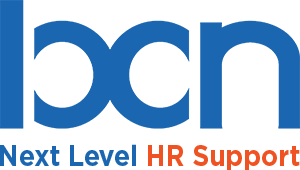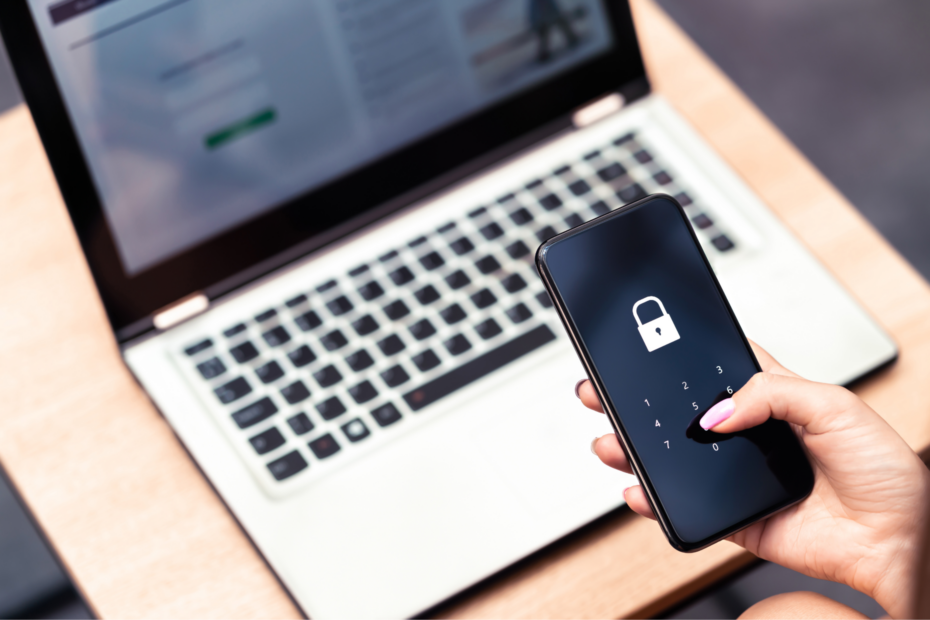In 2024, data breaches surged, reaching unprecedented costs and exposing more than 1 billion records. IBM reports that the average cost of a data breach increased by 10% in 2024, reaching $4.88 million, compared to $4.45 million in 2023.
What does this mean to you and your business? It is important to make sure that your data, email, and online accounts are secure.
7 steps you can take immediately to ensure an increased level of security
- Change your passwords frequently: People are generally bad at selecting and creating passwords. Create random passwords, make them long and use different ones for each account. If you have problems remembering randomly generated passwords (everyone does!) consider a password manager such as LastPass, Dashlane, KeePass, 1Password, and RoboForm.
- Update your account information: Take time to review your most important account information for accuracy. Make sure your email address, phone number and contact information are correct. You will have a better chance to recover information if those items are accurate.
- Consider multi-factor authentication for your most important accounts: Adding a second level of authentication for the services you care most about will decrease your security risk. This can be done by adding a text message code, a security key, randomly generated passwords, or even a phone call. Search the help or support pages on your account web pages to find how you to implement multi- or two- factor authentication for each.
- Review your privacy settings on your social network accounts: Are you sharing data and information with only whom you intend to? Take the time to review privacy settings and err on being conservative. If you are unsure of what you are allowing others to see, turn it off.
- Have a good antivirus and firewall protection: Invest in software that safeguards your personal data and prevents malicious activity on your devices. If you currently utilize a program, perform routine checks that ensure these systems are up-to-date and functioning properly. There are several sites that can help you choose the best protection for you.
- Pay attention to security alerts and suspicious links: Browsers are now equipped with warnings to alert you if you attempt to visit a dangerous site. Don’t ignore these warnings. Be aware of suspicious links and never download a file that your antivirus software or browser says is malicious.
- Minimize the damage: Even the best practices may be susceptible to a hack. If your account is hacked, be aware of what help is available. Avoid storing unnecessary account information. Make sure you have a good backup of your valuable data. Hardware failures, accidental deletions, viruses and malware can destroy your data. Have an automatic backup solution that works for you. Also, take the additional step to test your backup system regularly so that it is working when you need it.

